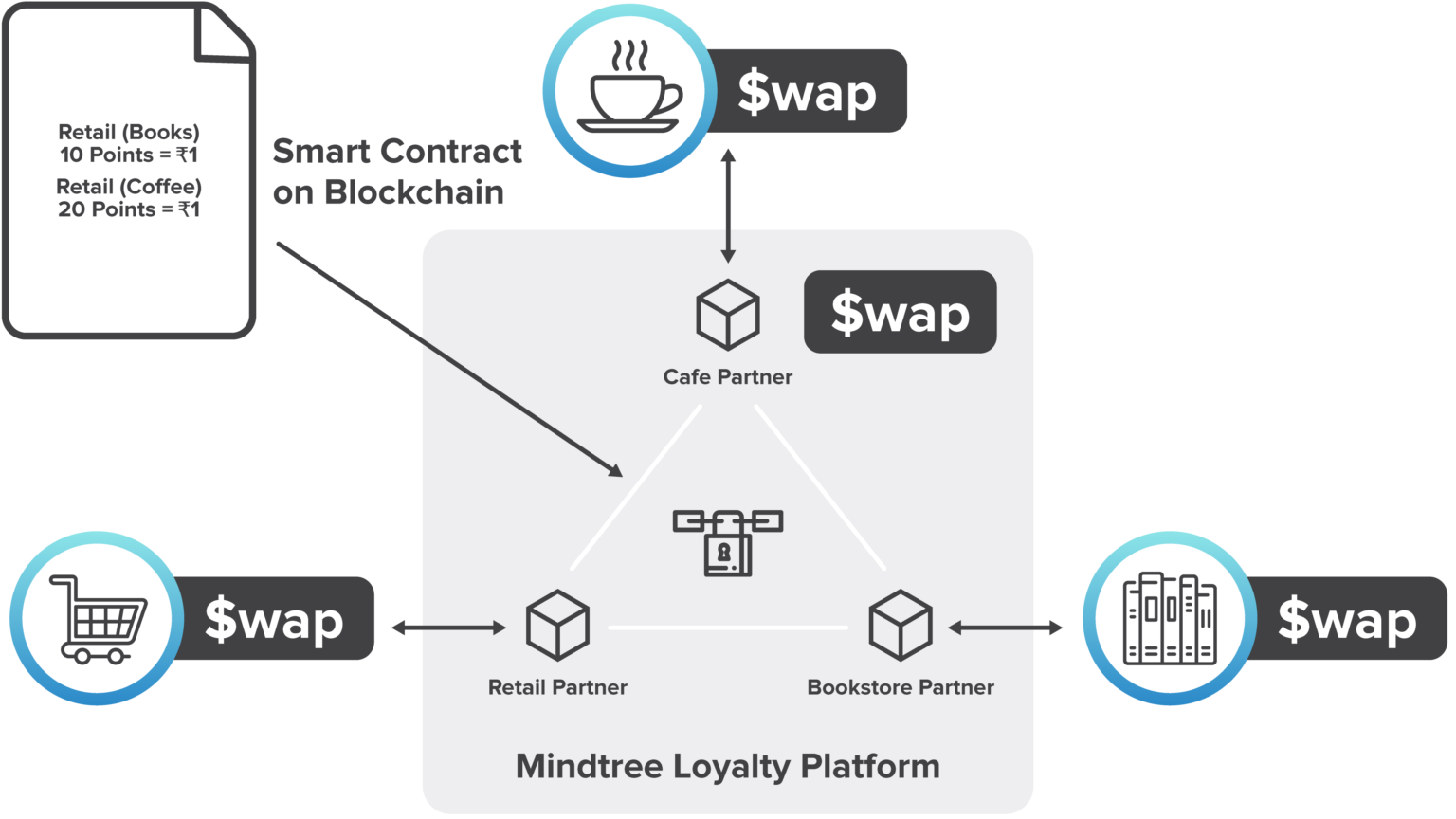
When The Jetsons, the candy-coloured cartoon family, came on TV screens in the 1960s, they presented a utopian world powered by technology. From humanoids, holograms, smartwatches and phones, to video chat, drones and 3D printed food, they used things that were straight from a science fiction novel. Now, these things have become an everyday reality, and countries are trying to utilize them to create a smart world.
“Smart”, however, doesn’t mean just installing digital interfaces in traditional infrastructure. Building smart cities, in fact, start with people, not technology. It means using technology and data in a way that it improves the lives of its residents and helps them make better decisions, insists Emma Greer, a senior architect at Italy-based design firm Carlo Ratti Associati that works towards merging design with digital technologies to create “interactive” architecture. Greer, who was in India for the recently concluded Hyderabad Design Week, adds the raw material of data is reinventing architecture, just as profoundly as stone and masonry did during 16th-century Italian architect Andrea Palladio’s time, and engineering and reinforced concrete did during Le Corbusier’s.
Greer, a holder of Post-Professional Master in urban design from Canada’s McGill University, has worked on smart urban designs in the US, UK and Italy, and also been involved in the Livingboard project with non-profit WeRise which included building a portable “motherboard system” to improve housing conditions in rural parts of India.
In an interview, Greer talks about planning smart cities in the developing world, the scope of data usage in architecture, and the Livingboard project. Edited excerpts:
What’s a smart city supposed to look like?
Imagine a place where the built environment is able to perceive people’s presence and immediately adapt to their habits, evolving and learning with each interaction.
What is the one big challenge in creating a smart city, especially in the developing world?
The idea for smart cities has traditionally focused on technology as a tool to achieve urban spaces that run like clockwork. We instead need to work towards a future where technology augments the human experience, making cities more liveable and in tune with residents’ desires and needs.
Can intuitive use of data act as an enabler to improve urban mobility and build smarter cities?
Absolutely. Data contains precious information on people’s preferences and behaviour, and analysing it can help us plan urban spaces and infrastructure that respond to–and even anticipate–city dwellers’ needs. An example of this is Light Traffic, a series of intelligent, slot-based intersections that could replace traditional traffic lights thanks to sensors and reduce queues and delays. It has been developed by the MIT (Massachusetts Institute of Technology) Senseable City Lab, and its idea is based on a scenario where sensor-laden vehicles pass through intersections by communicating and remaining at a safe distance from each other, rather than grinding to a halt at traffic lights.
Tell us about Livingboard.
The initiative is based on a sweat-equity model, where homeowners participate in the design and construction of their own home. It (Livingboard) is essentially a flexible “core” system to support the development of housing initiatives in any rural area of the world. This core, made of low-cost materials, must be positioned horizontally, constituting the floor of a 12-sq.m room. It can be carried by helicopters or even drones so as to reach any remote location, and provide water storage and distribution, water treatment through filtration, waste management, heating, batteries to accumulate PV-generated electricity and Wi-Fi connectivity.
Our recent pilot for the Karnataka region aims to respond to the area’s climate and environmental conditions—characterized by a low precipitation rate—by treating and recycling homes’ greywater to irrigate agricultural fields.
Last year in Toronto, Carlo Ratti Associati created a ‘reconfigurable’ paving system (think a pavement busy with foot and bicycle traffic during rush hour changing into a play space in the middle of the day or over the weekend).

How can it be replicated in a highly populated country like India?
The goal of the reconfigurable paving system that was developed with Sidewalk Labs (of the urbanism-focused subsidiary of Google parent company, Alphabet) is to allow the re-programming of streets in off-peak hours, so that it could host a block party on the weekend or transform into a picnic area during the lunch hour. The aim is to create a streetscape that responds to the residents’ ever-changing needs.
Similar results can be achieved in developing countries, with “softer” or less invasive design solutions such as dynamic signage or moveable planters.
There is enough talk about room furnishings that reconfigure themselves so one room can have multiple uses. Do you believe living and working spaces could get smaller in the future?
It’s not so much that we’ll have smaller living and work areas, but by rethinking the way in which space is used and allocated throughout the day, we could optimize and innovate offices, homes and urban infrastructure.
What will cities of the future look like?
Exactly the same as today’s cities. Smart cities are not an aesthetic. What will change will be the way in which we use the built environment, and this transformation is already happening. For example, occupancy sensors allow us to identify underused space that can be reprogrammed for 24/7 activity. When embedded into the workspace, they could transform a co-working area that provides desk space during the day into an event venue in the evening.
The hope is that technology will fade into the background of the future city, enhancing our interaction with the built environment as an invisible skin layer permeating buildings, roads and other infrastructure. We certainly would not advocate for a future where everything is reduced to a shiny touchscreen.
How do we nurture the human side of cities?
We should strive to design “senseable”–or responsive–cities, where spaces engage in a dynamic interaction with people and contribute to their well-being.
[“source=livemint”]
















